1 introduction
1.1 定义
定义:
核心思想:
将复杂问题拆解成简单子问题
1.2 requirements for dynamic programming
- optimal substructure
- principle of optimality applies
- optimal solution can be decomposed into subproblems
- overlapping subproblems
- subproblem会调用很多次
- solution需要存储起来和进行复用
- mdp 满足以下性质
- bellman 方程提供递归的分解
- value 函数存储和复用solutions
1.3 planning by dynamic programming
几种假设:
1)dp 假设对mdp可观测结果
2)for prediction

3)for control

1.4 动态规划的其他应用
- scheduling algorithm
- string algorithms (e.g. sequence alignment)
- graph algorithms (e.g. shortest path algorithms)
- graphical models (e.g. viterbi algorithm)
- bioinformatics (e.g. lattice models)
2 policy evaluation
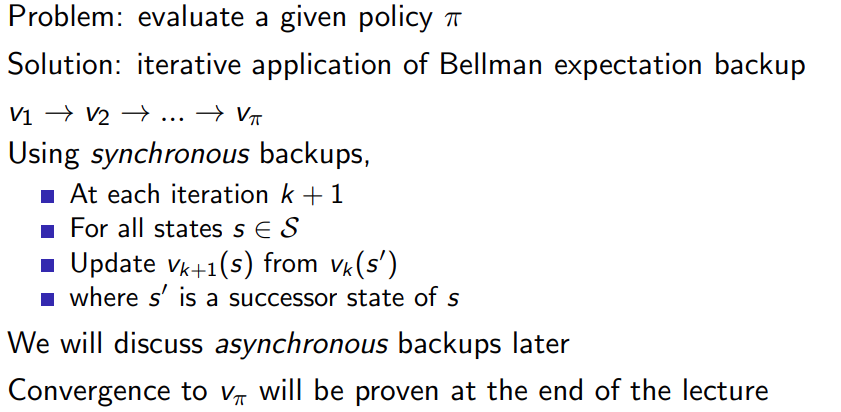
动态问题的结构可以拆成下面三个部分:
state transition
s
n
=
f
(
s
n
−
1
,
a
n
)
value function
j
∗
(
s
)
=
min
a
∈
a
{
l
(
s
,
a
)
+
γ
∑
s
′
∈
s
p
(
s
′
∣
s
,
a
)
j
∗
(
s
′
)
}
policy
π
(
s
)
=
arg
min
a
{
l
(
s
,
a
)
+
γ
∑
s
′
∈
s
p
(
s
′
∣
s
,
a
)
j
∗
(
s
′
)
}
\begin{aligned} \text{state transition} & \quad s_{n} = f(s_{n-1}, a_{n}) \\ \text{value function} & \quad j^*(s) = \min \limits_{a\in a} \{l(s,a)+\gamma \sum_{s' \in s} p(s' | s, a) j^*(s')\} \\ \text{policy} & \quad \pi(s)=\arg\min \limits_{a} \{l(s,a)+\gamma \sum_{s' \in s} p(s' | s, a) j^*(s')\} \end{aligned}
state transitionvalue functionpolicysn=f(sn−1,an)j∗(s)=a∈amin{l(s,a)+γs′∈s∑p(s′∣s,a)j∗(s′)}π(s)=argamin{l(s,a)+γs′∈s∑p(s′∣s,a)j∗(s′)}
代码的结构大概是这样的
```matlab
for state = 1:num_state
for action = 1:nun_action
q = instaneous_cost(state, action);
next_state = transition(state, action);
q = q + j(next_state);
end
end
用iterative policy evaluation 表示:

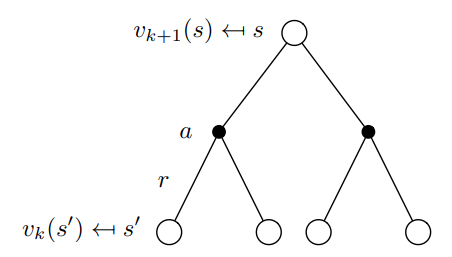
% initialize the grid world and parameters
grid_size = 4;
num_actions = 4;
discount_factor = 1.0;
theta = 1e-4;
% initialize state-value function
v = zeros(grid_size);
% define the reward function
reward = -1;
% define the transition probabilities for the uniform random policy
policy = ones(grid_size, grid_size, num_actions) / num_actions;
% iterative policy evaluation
while true
delta = 0;
% loop over all states
for i = 1:grid_size
for j = 1:grid_size
% skip the start and terminal states
if (i == 1 && j == 1) || (i == grid_size && j == grid_size)
continue;
end
% store the old value
old_value = v(i, j);
% calculate the new value by averaging over actions
new_value = 0;
for action = 1:num_actions
[next_i, next_j] = apply_action(i, j, action);
reward_next = (next_i == grid_size && next_j == grid_size) * (1 - discount_factor);
new_value = new_value + policy(i, j, action) * (reward + reward_next + discount_factor * v(next_i, next_j));
end
% update the value function
v(i, j) = new_value;
delta = max(delta, abs(old_value - new_value));
end
end
% check for convergence
if delta < theta
break;
end
end
% apply the given action to the current state (i, j)
function [next_i, next_j] = apply_action(i, j, action)
grid_size = 4;
% actions: 1 = up, 2 = down, 3 = left, 4 = right
if action == 1
next_i = max(i - 1, 1);
next_j = j;
elseif action == 2
next_i = min(i + 1, grid_size);
next_j = j;
elseif action == 3
next_i = i;
next_j = max(j - 1, 1);
else
next_i = i;
next_j = min(j + 1, grid_size);
end
end
3 policy iteration
3.1 how to improve policy
每一步都找出optimal的value function, 作为state的value function

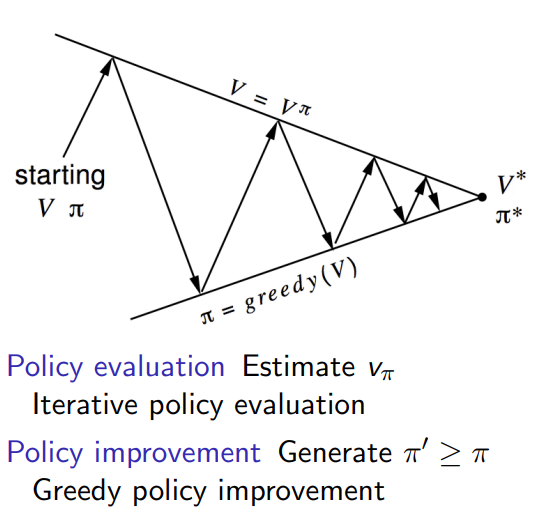
import numpy as np
def gridworld_policy_iteration():
n_states = 16
n_actions = 4
terminal_state = 15
rewards = -1 * np.ones((n_states, n_actions))
rewards[terminal_state, :] = 0
transition_matrix = np.zeros((n_states, n_actions, n_states))
for state in range(n_states):
for action in range(n_actions):
if state == terminal_state:
transition_matrix[state, action, state] = 1
continue
next_state = state
if action == 0: # up
next_state = max(state - 4, 0)
elif action == 1: # down
next_state = min(state + 4, n_states - 1)
elif action == 2: # left
next_state = state - 1
if state % 4 == 0:
next_state = state
elif action == 3: # right
next_state = state + 1
if (state + 1) % 4 == 0:
next_state = state
transition_matrix[state, action, next_state] = 1
gamma = 0.99
max_iter = 1000
theta = 1e-10
policy = np.ones((n_states, n_actions)) / n_actions
for _ in range(max_iter):
policy_stable = true
# policy evaluation
v = np.zeros(n_states)
while true:
delta = 0
for state in range(n_states):
v = v[state]
v[state] = np.sum(policy[state, :] * (rewards[state, :] + gamma * transition_matrix[state, :, :] @ v))
delta = max(delta, abs(v - v[state]))
if delta < theta:
break
# policy improvement
for state in range(n_states):
old_action = np.argmax(policy[state, :])
action_returns = np.zeros(n_actions)
for action in range(n_actions):
action_returns[action] = rewards[state, action] + gamma * np.dot(transition_matrix[state, action, :], v)
best_action = np.argmax(action_returns)
policy[state, :] = 0
policy[state, best_action] = 1
if old_action != best_action:
policy_stable = false
if policy_stable:
break
optimal_policy = policy
state_values = v
return optimal_policy, state_values
optimal_policy, state_values = gridworld_policy_iteration()
print("optimal policy:")
print(optimal_policy)
print("state values:")
print(state_values)
代码的关键在于
# 找到最大reward对应的action,对其policy为1,其他为0
for action in range(n_actions):
action_returns[action] = rewards[state, action] + gamma * np.dot(transition_matrix[state, action, :], v)
best_action = np.argmax(action_returns)
policy[state, :] = 0
policy[state, best_action] = 1


4 value iteration
4.1 value iteration in mdps
4.1.1 principle of optimality
任何的优化策略可以划分成两个组成部分,
1.第一步采用最优动作
a
∗
a_{*}
a∗
2.对successor state采用optimal policy

4.1.2 deterministic value iteration
- 子问题的solution v ∗ ( s ′ ) v_{*}(s') v∗(s′)
- 问题的solution
v
∗
(
s
)
v_{*}(s)
v∗(s)可以通过往前走一步得到

- 直觉理解,start with final rewards and work backwards
- still works with loopy, stochastic mdps



值迭代的思想非常简单,代码看起来更美观一点
import numpy as np
# gridworld environment
rows = 4
cols = 4
terminal_states = [(0, 0), (rows-1, cols-1)]
actions = [(0, 1), (1, 0), (0, -1), (-1, 0)]
def is_valid_state(state):
r, c = state
return 0 <= r < rows and 0 <= c < cols and state not in terminal_states
def next_state(state, action):
r, c = np.array(state) + np.array(action)
if is_valid_state((r, c)):
return r, c
return state
# value iteration
def value_iteration(gamma=1, theta=1e-6):
v = np.zeros((rows, cols))
while true:
delta = 0
for r in range(rows):
for c in range(cols):
state = (r, c)
if state in terminal_states:
continue
v = v[state]
max_value = float('-inf')
for a in actions:
next_s = next_state(state, a)
value = -1 + gamma * v[next_s]
max_value = max(max_value, value)
v[state] = max_value
delta = max(delta, abs(v - v[state]))
if delta < theta:
break
return v
# find optimal policy
def find_optimal_policy(v, gamma=1):
policy = np.zeros((rows, cols, len(actions)))
for r in range(rows):
for c in range(cols):
state = (r, c)
if state in terminal_states:
continue
q_values = np.zeros(len(actions))
for i, a in enumerate(actions):
next_s = next_state(state, a)
q_values[i] = -1 + gamma * v[next_s]
optimal_action = np.argmax(q_values)
policy[state][optimal_action] = 1
return policy
# find the shortest path using the optimal policy
def find_shortest_path(policy):
state = (0, 0)
path = [state]
while state != (rows-1, cols-1):
action_idx = np.argmax(policy[state])
state = next_state(state, actions[action_idx])
path.append(state)
return path
v = value_iteration()
policy = find_optimal_policy(v)
path = find_shortest_path(policy)
print("shortest path:", path)
5 extensions to dp
5.1 asynchronous dynamic programming
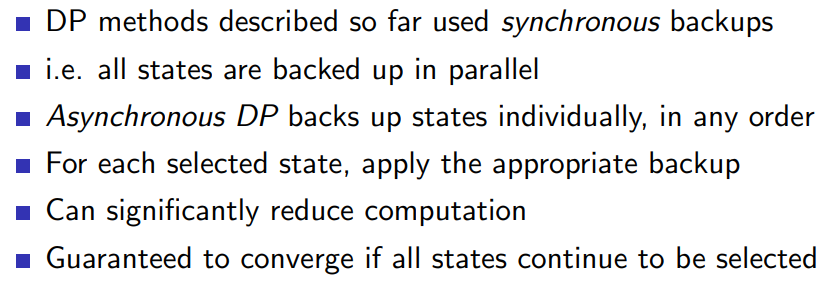

5.1.1 in place dynamic programming
- synchronuous value iteration

- in place value iteration

5.1.2 prioritised sweeping
- use magnitude of bellman error to guide state selection, e.g.

5.1.3 real time dp


6 contraction mapping
类似于李雅普诺夫稳定性的定义
6.1技术问题
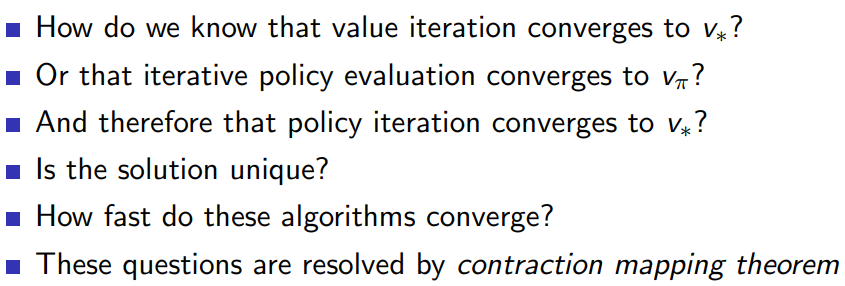
6.2 value function space


6.3 bellman expectation backup is a contraction

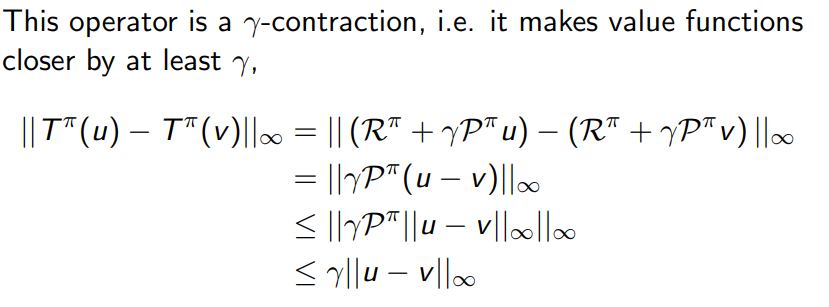


总结
-
policy evaluation
v ( s ) = ∑ a π ( a ∣ s ) ( r ( s , a ) + γ ∑ s ′ p ( s ′ ∣ s , a ) v ( s ′ ) ) v(s) = \sum_{a} \pi(a|s) \biggl( r(s, a) + \gamma \sum_{s'} p(s'|s, a) v(s') \biggr) v(s)=a∑π(a∣s)(r(s,a)+γs′∑p(s′∣s,a)v(s′))
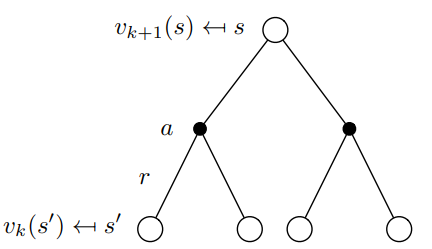
-
policy improvement

找到stable的policy之后停止 -
value iteration
v k + 1 ( s ) = max a ( r ( s , a ) + γ ∑ s ′ p ( s ′ ∣ s , a ) v k ( s ′ ) ) v k + 1 ( s ) = max a r ( s , a ) + γ ∑ s ′ p ( s ′ ∣ s , a ) v k ( s ′ ) \begin{aligned} v_{k+1}(s) &= \max_{a} \biggl( r(s, a) + \gamma \sum_{s'} p(s'|s, a) v_k(s') \biggr) \\ v_{k+1}(s) &= \max_a r(s, a) + \gamma \sum_{s'} p(s'|s, a) v_k(s') \end{aligned} vk+1(s)vk+1(s)=amax(r(s,a)+γs′∑p(s′∣s,a)vk(s′))=amaxr(s,a)+γs′∑p(s′∣s,a)vk(s′) -
intuition
将问题拆分成子问题,在使用greedy 策略; -
李雅普诺夫稳定
线性收敛,有稳定点,系统最终会收敛到稳定点。


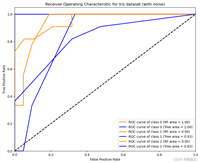

发表评论